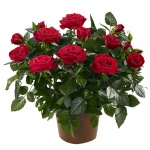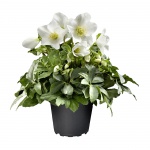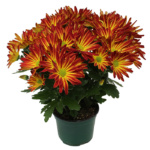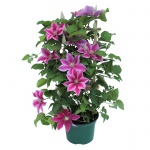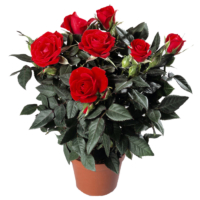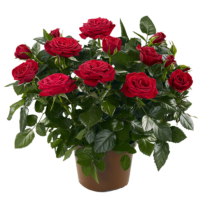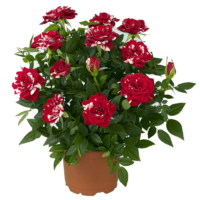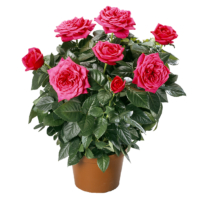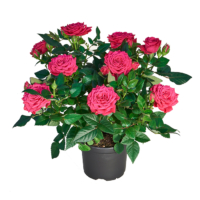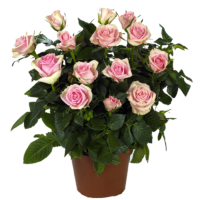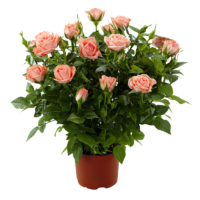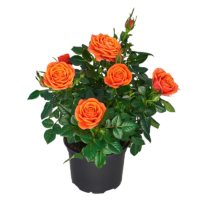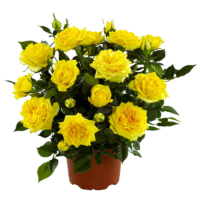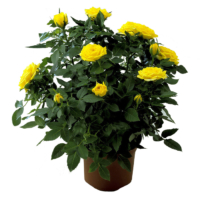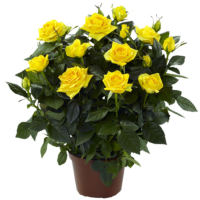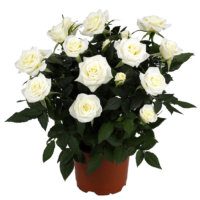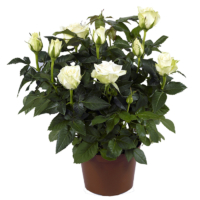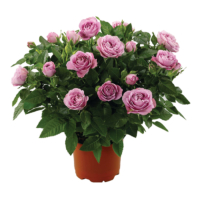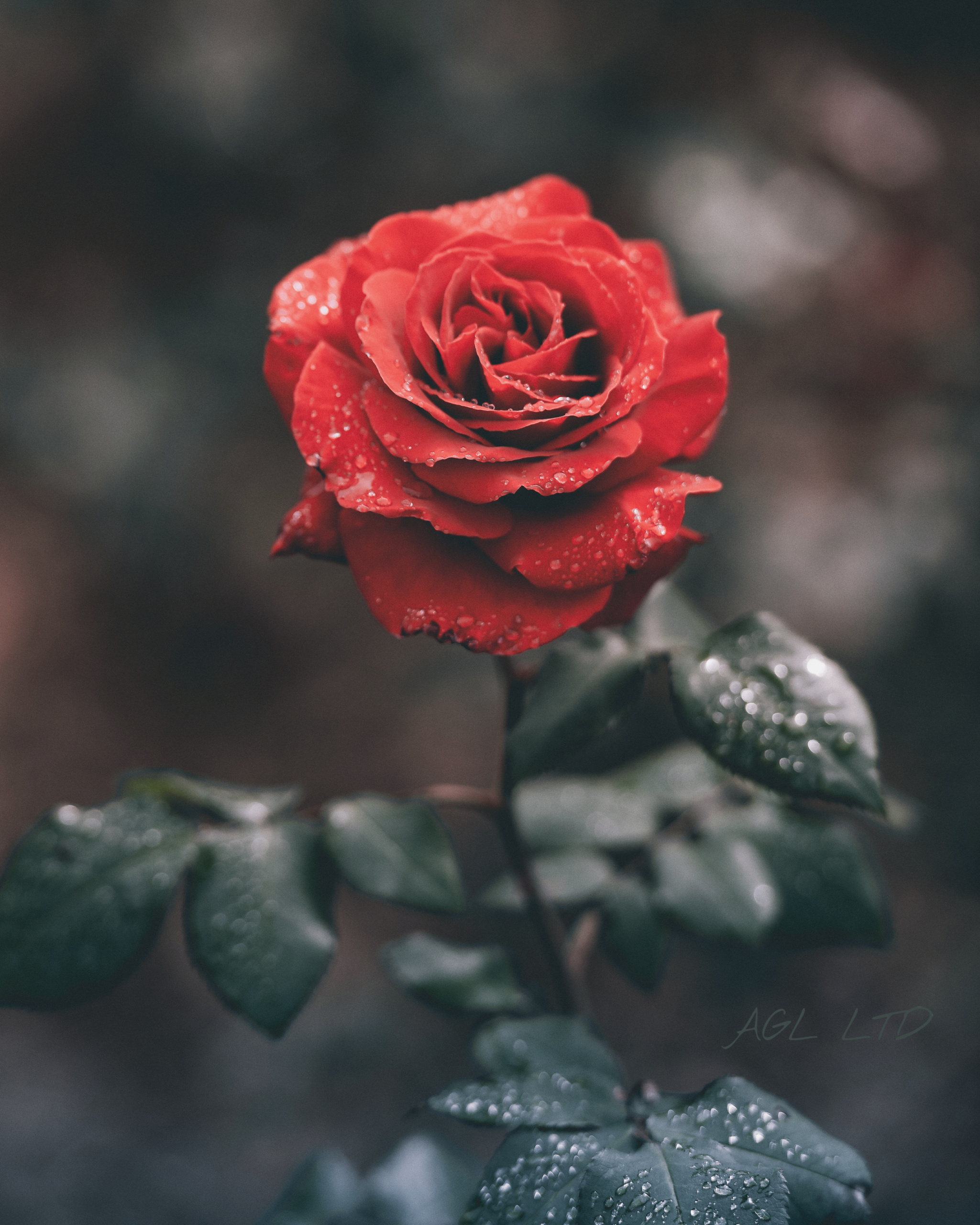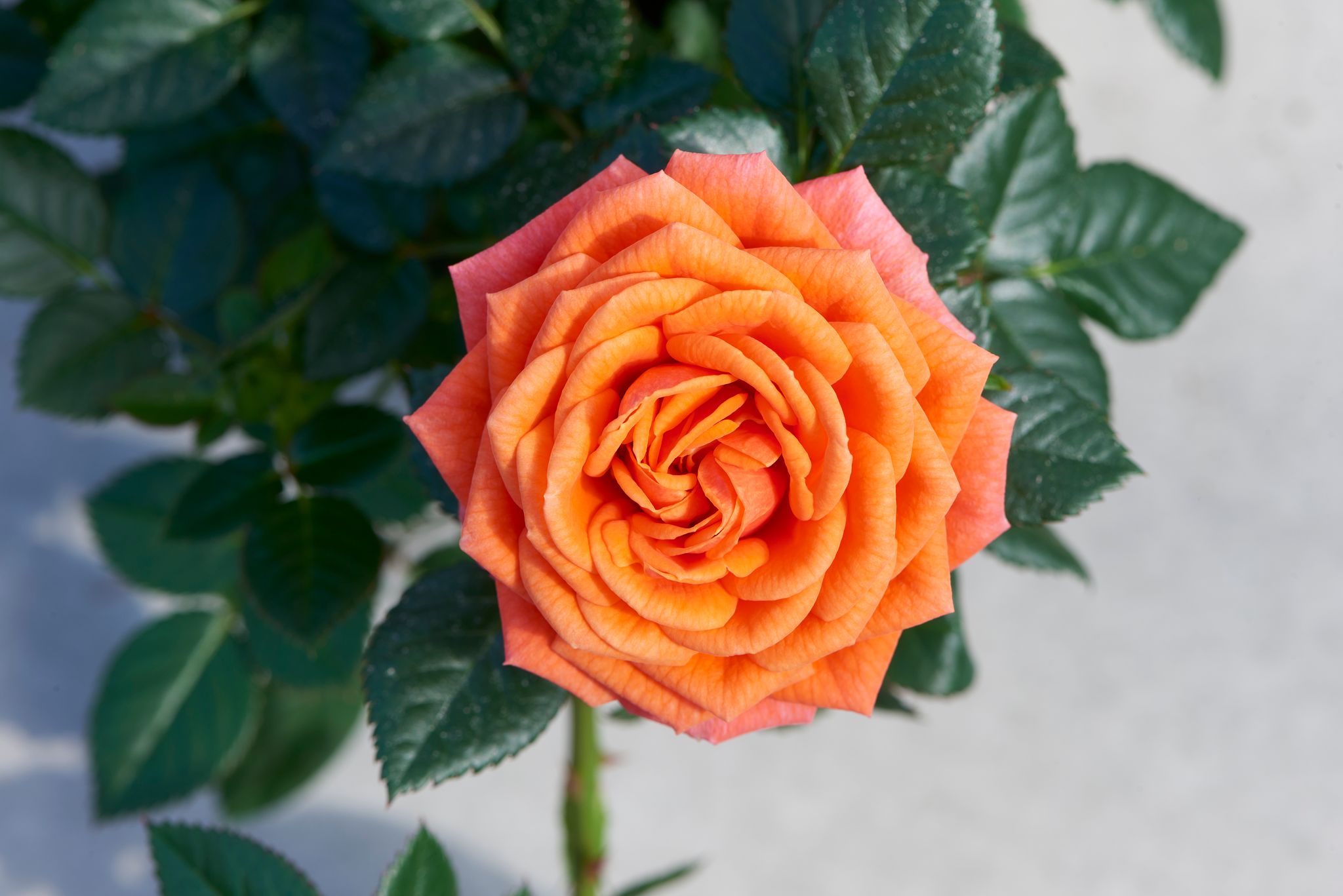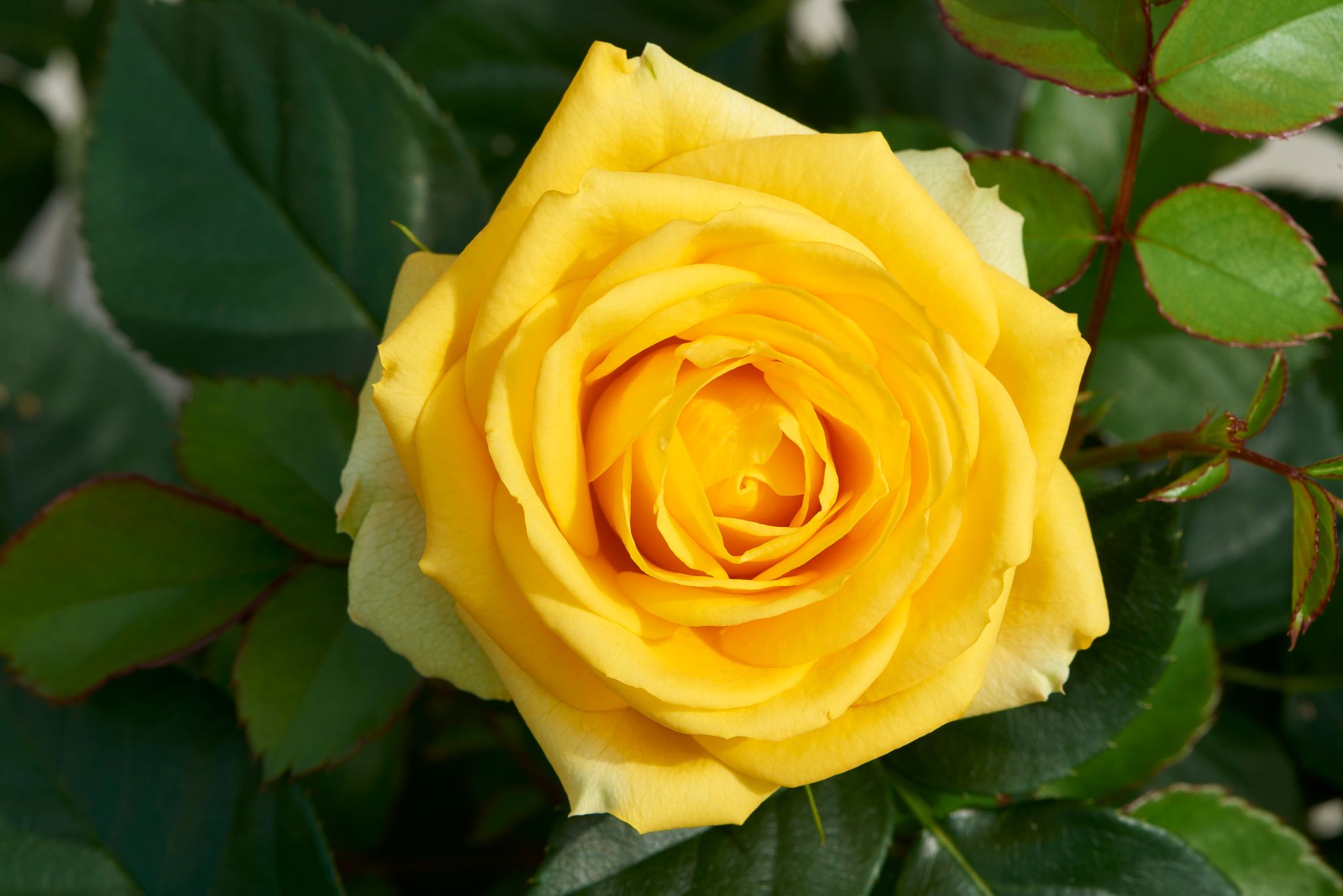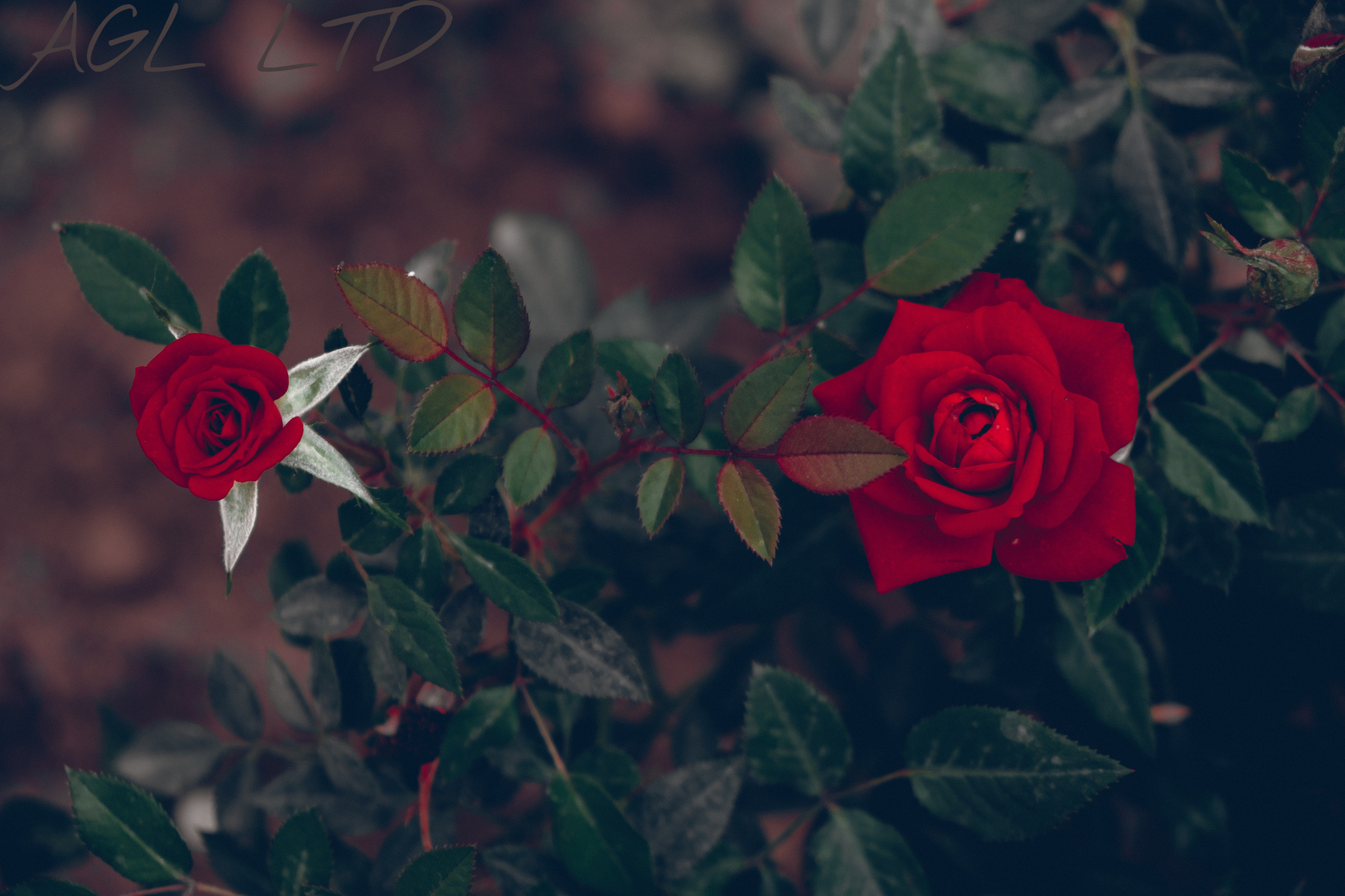Finished – 4 Inch (10cm), 6 Inch (15cm)
Aldershot Greenhouses roses are available in a wide range of colours, all year round and are grown to an overall height of 27-29 cm.
For more information, contact Aldershot Greenhouses via email at [email protected], or by phone at (905) 632 9272
Care tips for Finished Roses
This sun-loving plant, provides beautiful blooms all summer long, under the right care and growing conditions. For your rose, be sure to plant them during spring, summer, or fall. For the most ideal location, you should find a bright, sunny spot to place your roses. Roses are a little finicky with watering, but make sure they don’t wilt too much and dry out. Keep the soil moist both in the pot or in the ground. Do not let the plant sit in water, roses do not like too much water. It is also important to keep track of the pruning of your roses for three main reasons: Health, Appearance and Control.
Indoor Mini Rose Care:
Your rose can be grown indoors; it needs a lot of light to have success. Check your rose plant regularly for water, check by placing your thumb into the soil about ¼” – if your thumb is moist don’t water – if your thumb is dry, set your rose plant in a dish of room temperature water for 5 minutes, allow the excess to drip of, then place back into your bright location. Remember to dead head regularly as well.
Daytime temperatures of 70-75 F. (21-24 C.) and nighttime temperatures of around 60 F. (15 C.) would be ideal. Avoid any cold drafts indoors, but if you can provide good air circulation. Since your rose is indoors, it is very easy to over water, roses do not require too much water all.
Outdoor Mini Rose Care:
If you would like to move your rose outdoors during the warm months, be sure to place the plant in complete shade at first outside. Your plant will need to harden off outdoors; otherwise, the rose will quickly burn.
In general, you will be pruning rose bushes just before the plant breaks dormancy after spring’s final frost. This will be early in the year in warm climates, and anytime between January and April in cold climates. If it’s old roses you are tending, prune them after blooming. In cold-winter climates, pruning roses in spring is often reduced to one option: Simply cut back the wood that was killed in winter. In warm climates, pruning can be done at any of three levels, depending on your purpose.
Apply fertilizer every 3 weeks during this time, do not fertilize when your rose is in flower. A good fertilizer to use is coffee grinds, they provide nitrogen, an element that plants in general love. Nitrogen is a major component of chlorophyll, the compound by which plants use sunlight energy to produce sugars from water and carbon dioxide (i.e., photosynthesis). It is also a major component of amino acids, the building blocks of proteins.
Hardiness zones are 5-9.

